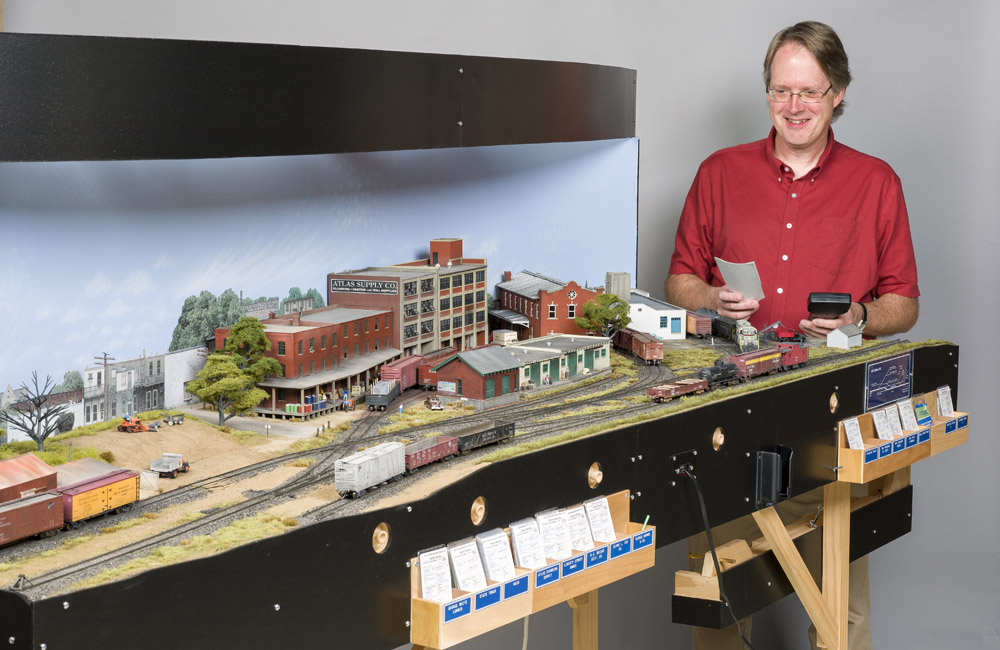
Q: My wife and I are discussing purchasing our forever home and there are questions about including room for, and the cost of, a MRR layout. I have Parkinson’s Disease, so HO scale is the smallest I can imagine modeling. That scale (or larger) will require a good bit of layout space, plus working space. A […]
Read More…
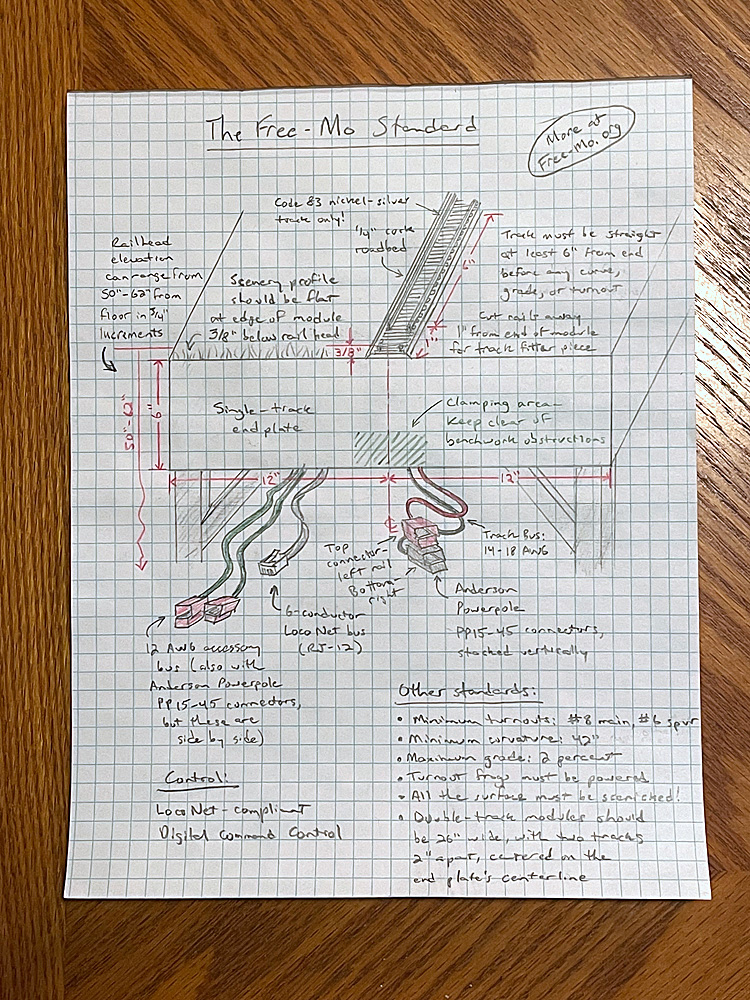
There are several modular model railroading standards out there, but one you might have heard more about recently is the Free-Mo modular standard. Like most modular standards, the Free-Mo modular standard lets you build a section of model railroad that will connect and operate with others built to the same standard. The cool thing about […]
Read More…
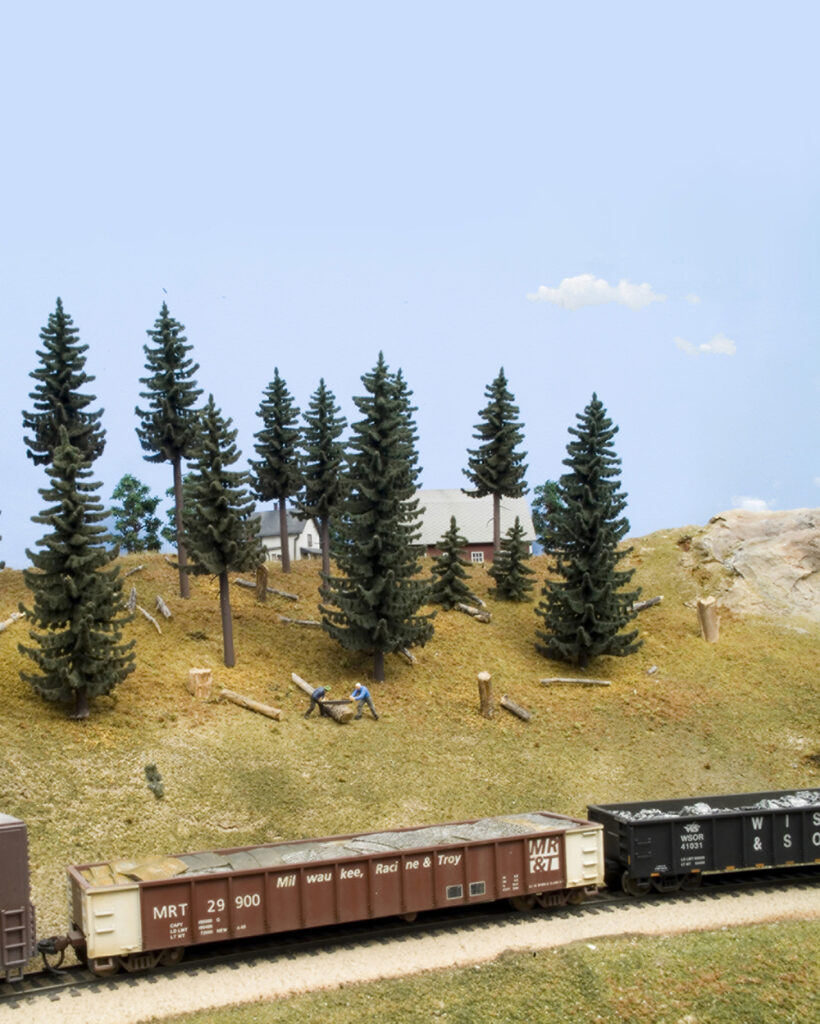
Visual trickery has been part of model railroading for many years. John Allen used mirrors on his HO scale Gorre & Daphetid to make scenes appear deeper than they really were. John also made inches appear like miles on his model railroad using structures and scenery to create the illusion of distance, a technique known […]
Read More…
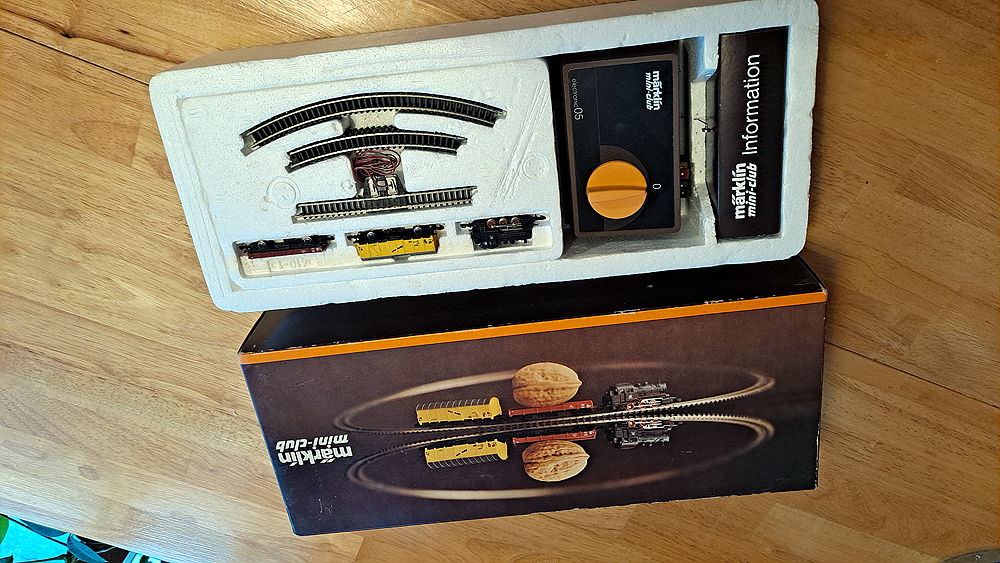
Reviving a 1980s Z scale train set I bought this 1980s Z scale train set, made by Märklin, as a high school student in 1981 while on a short exchange program visit to southern Germany. I immediately set it up in the bedroom of my host family in the village of Marienthal, in the Rhineland […]
Read More…
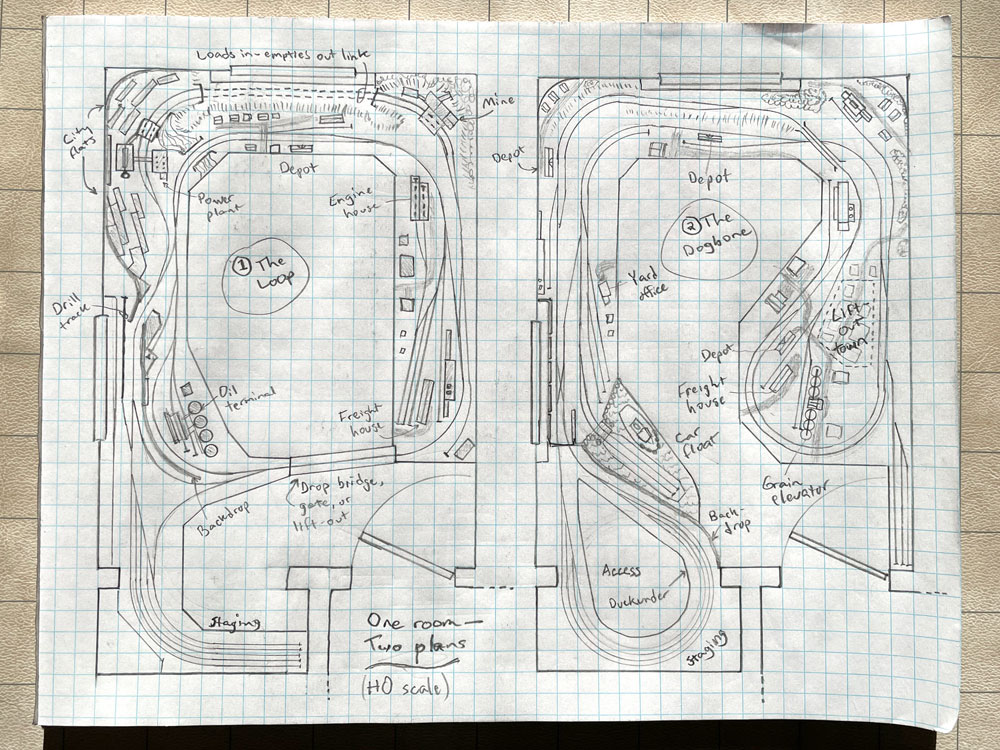
Finding the best approach for a track plan isn’t always easy. Even if you’re building your layout in a small room, you still have an almost infinite number of choices, decisions, and trade-offs to make. What scale? Around-the-room or island shape? Duckunder/gate or walk-in? Staging? And if so, what kind? To illustrate my thought process […]
Read More…
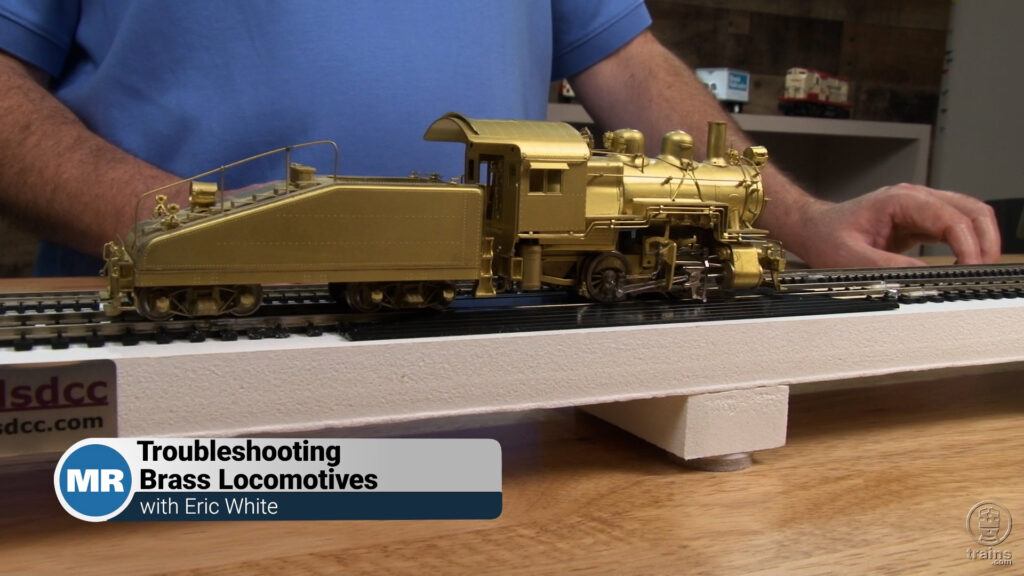
Senior Editor Eric White evaulates and troubleshoots an HO scale brass steam locomotive from Sunset Models to figure out why the gearbox isn’t turning. […]
Read More…
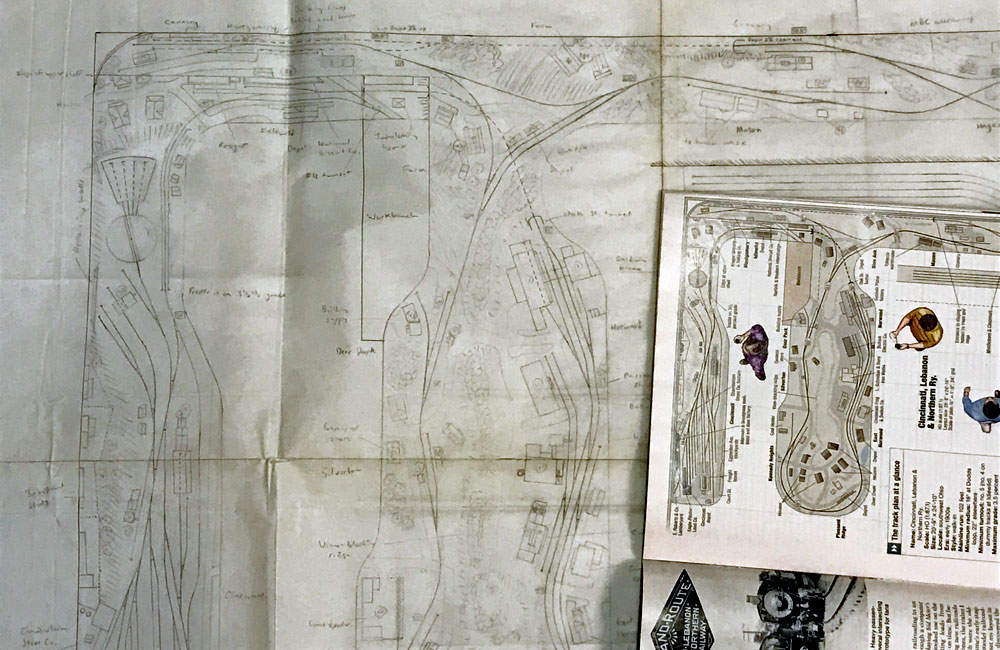
Today’s sketch was drawn long before Sketching with Steve was a gleam in anyone’s eye. It was 2008, and I’d been with Model Railroader less than a year. Finally, the resources to build my HO scale version of the Cincinnati, Lebanon & Northern Ry. in 1906 were within my reach! I drew this track plan […]
Read More…
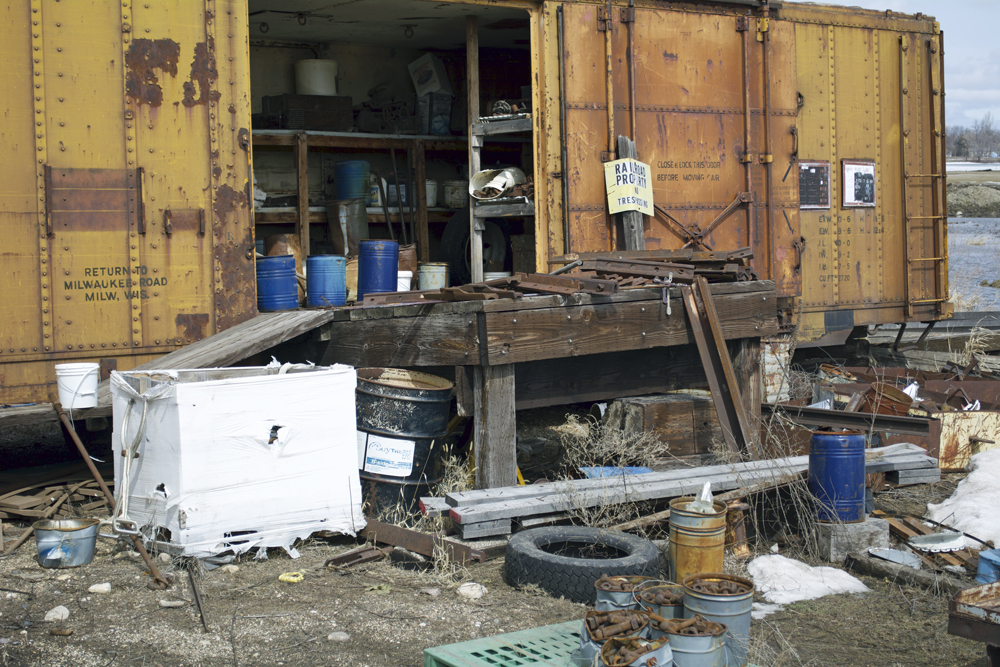
Model a boxcar storage scene to add realism to a model train layout. I’m a fan of shortline railroads. One of the many things I admire about these operations is how resourceful they are. I came across an example of this when I visited Twin Cities & Western (TCWR) subsidiary Sisseton Milbank Railroad (SMRR) in […]
Read More…
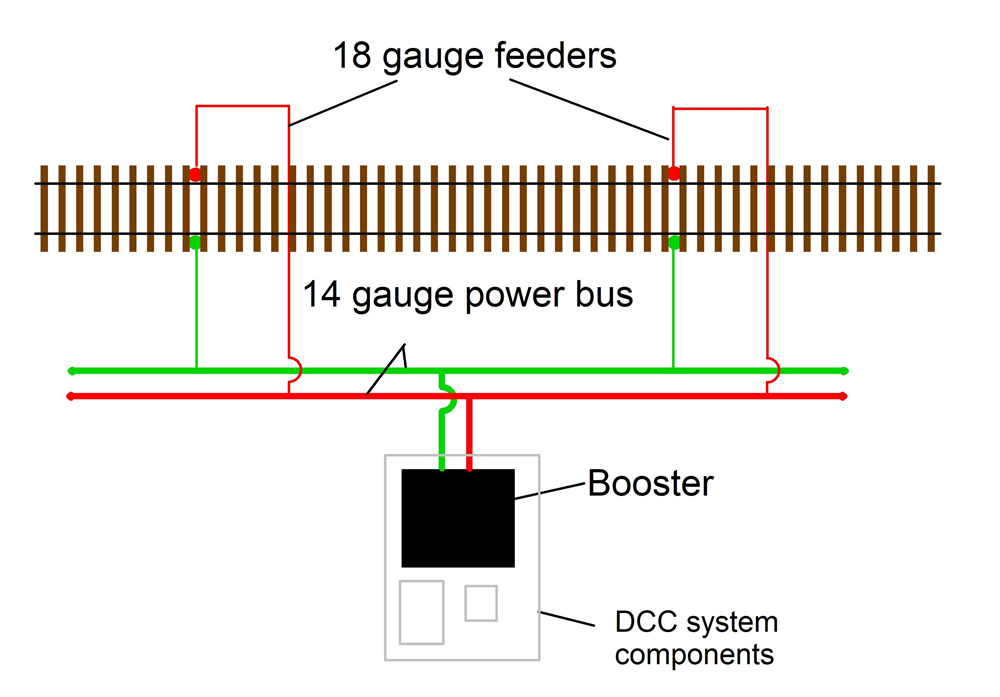
There is probably no other aspect of our hobby that creates more anxiety and confusion for newcomers than wiring. When you’re starting at absolute ground zero on the learning curve it can be daunting at times. However, at the most basic level, what we’re trying to do is get electricity from a power source to […]
Read More…
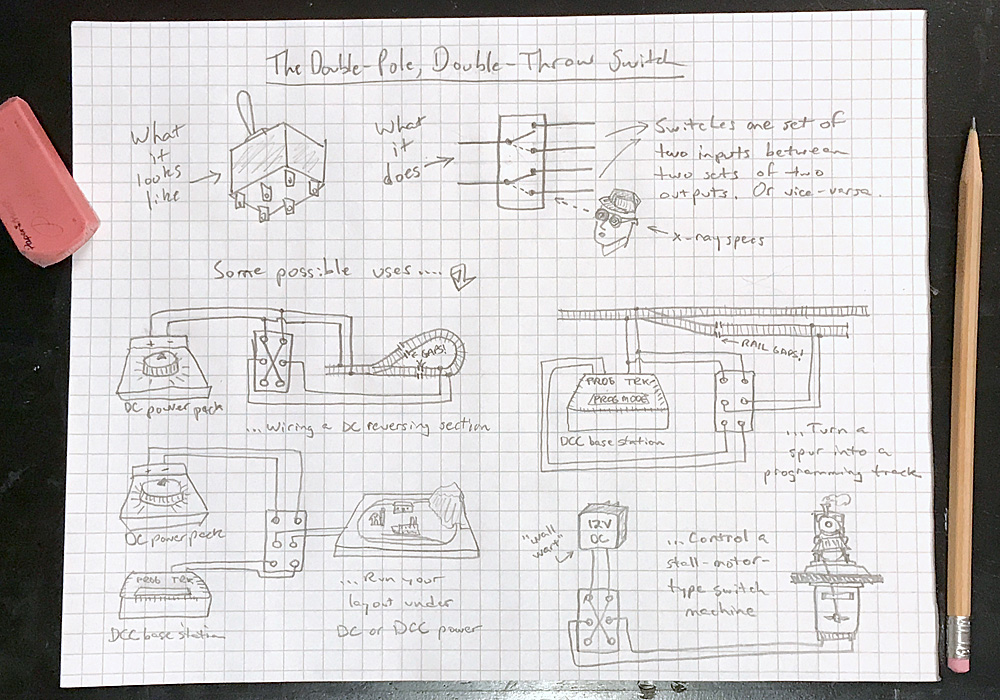
On a railroad, a switch usually refers to the moving parts of a turnout that routes a train between two possible routes. This time, though, we’re talking about an electrical switch: specifically, a double-pole double-throw switch (DPDT). It’s easy to understand a single-pole single-throw switch: it only has two states, open or closed, off or […]
Read More…
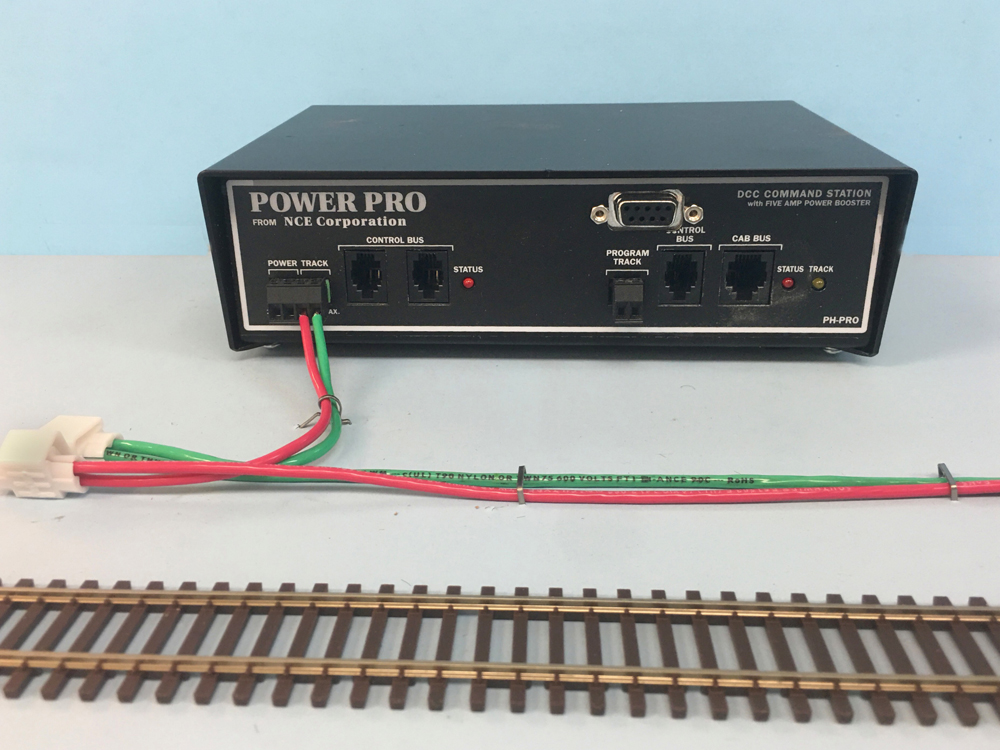
Track wiring your model railroad layout can be daunting, especially for beginners to the hobby. In order to help those looking to start, here’s a review of the bare-bones basics of wiring your layout that will help you get your trains up and running as quickly as possible. Run the wire bus roughly beneath the […]
Read More…
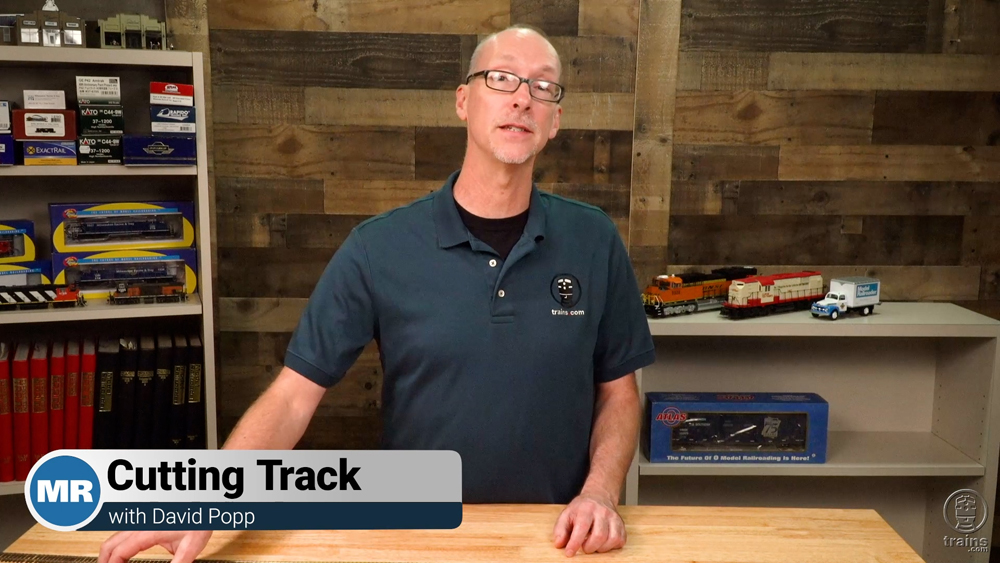
Join David Popp in the studio as he shows you how to tackle the tricky subject of cutting track, demonstrating proper technique and explaining the best tools to use! […]
Read More…












